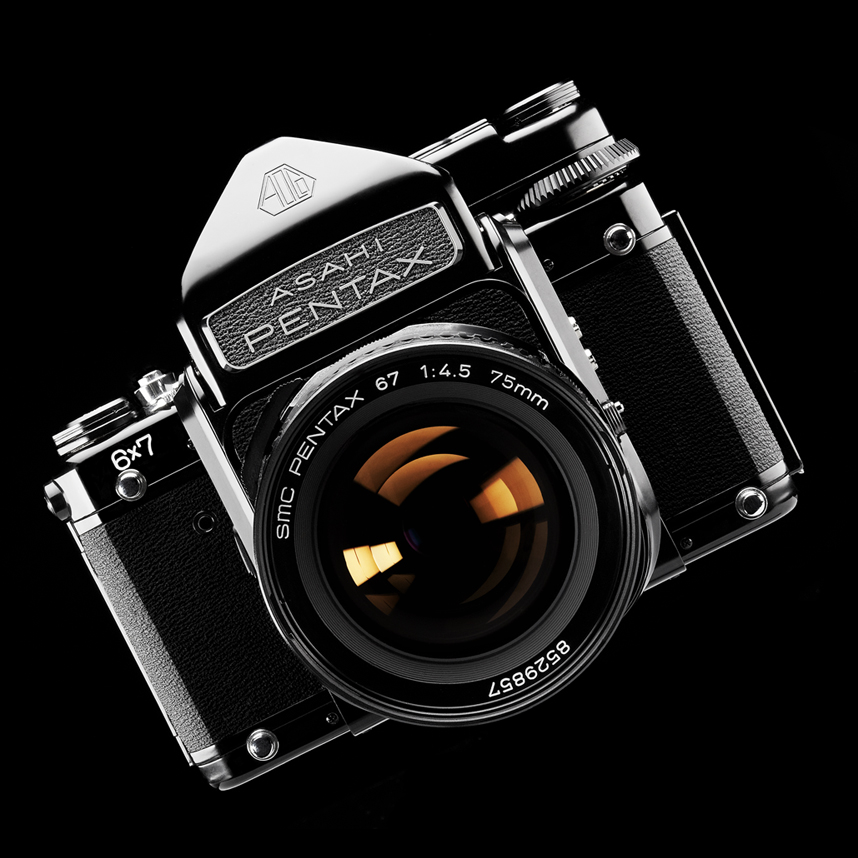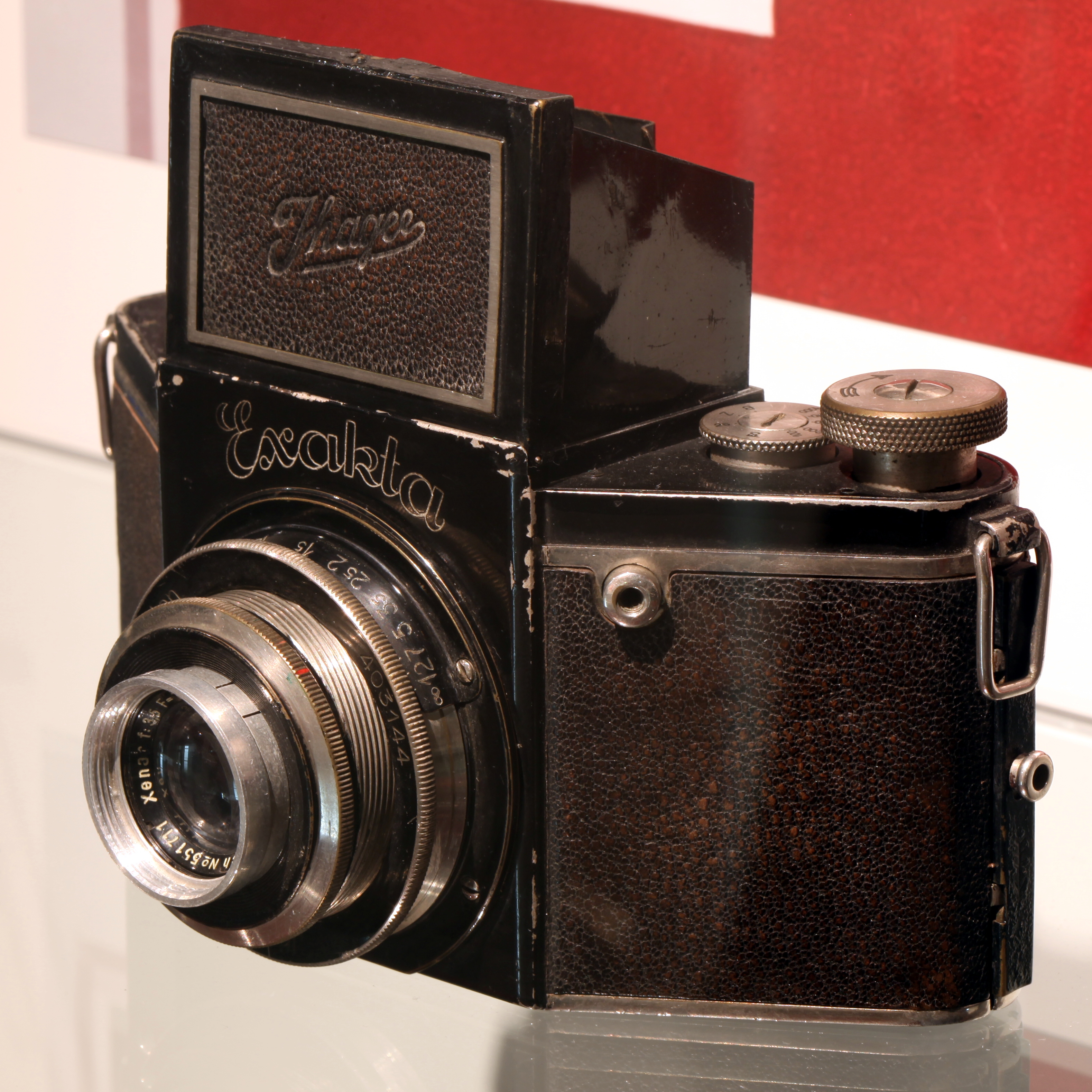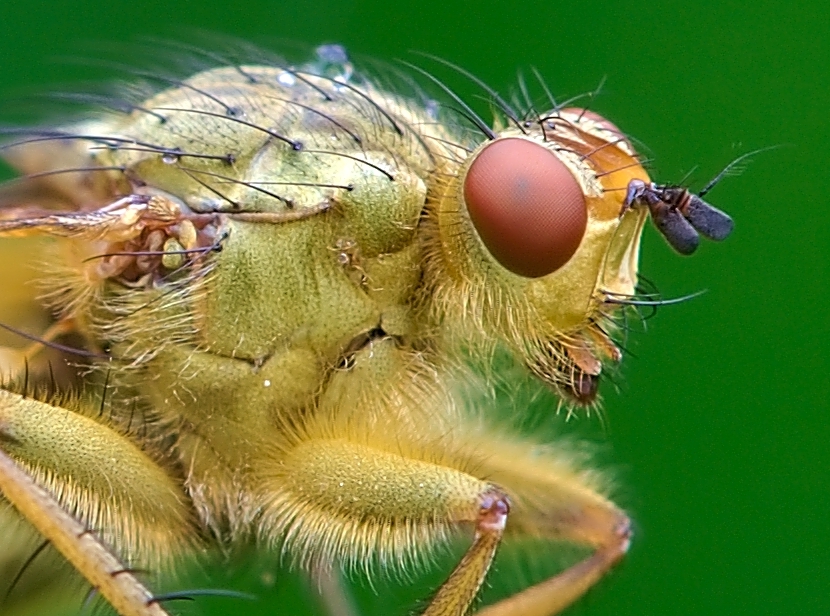|
Pentax 6×7
The Pentax 6×7 (called "Pentax 67" after 1990) is a Single-lens reflex camera, SLR Medium format (film), medium format system film camera for 120 film, 120 and 220 film, 220 film, which produces images on the film that are nominally 6 cm by 7 cm in size (actual image on the film is 56 mm × 70 mm), made by Pentax. It originally debuted in 1965 as a prototype dubbed the Pentax 220. Since then, with improvements, it was released in 1969 as the Asahi Pentax 6×7, as well as the Honeywell Pentax 6×7 for the United States import market. In 1990, it received a number of minor engineering updates and cosmetic changes and was renamed as the Pentax 67. The camera resembles a conventional 35 mm SLR camera, with interchangeable viewfinder and lens, but is considerably bigger and heavier, weighing with the plain Pentaprism, prism and standard (105 mm ) lens. It is perhaps inspired by the 1957 East German 6×6 KW Praktisi ... [...More Info...] [...Related Items...] OR: [Wikipedia] [Google] [Baidu] |
Pentax 6x7 Austin Calhoon Photograph Front
was a Japanese camera and optical equipment manufacturer. Currently, it exists as the Pentax Life Care Business Division of Hoya Corporation, Hoya's medical endoscope business, as well as the digital camera brand of Ricoh Imaging, a subsidiary of Ricoh. Pentax, founded in 1919 as a town workshop specializing in polishing eyeglass lenses, developed Japan's first single-lens reflex camera, the Asahiflex, in 1952. By 2006, Pentax's domestic market share in digital cameras had declined to 4%. In 2007, Pentax was acquired by Hoya Corporation, Hoya and subsequently merged with the company the following year. In 2011, Hoya spun off the Pentax brand's digital camera business, which was then acquired by Ricoh, leading to the establishment of Pentax Ricoh Imaging (current Ricoh Imaging). As a response to growing interest in film photography, Pentax launched the Pentax 17 on June 17, 2024. The Pentax 17 is a Half-frame camera, half-frame film camera. This launch marks the first Pentax fi ... [...More Info...] [...Related Items...] OR: [Wikipedia] [Google] [Baidu] |
Exakta
The Exakta (sometimes Exacta) was a camera produced by the ''Ihagee Kamerawerk'' in Dresden, Germany, founded as the Industrie und Handels-Gesellschaft mbH, in 1912. The inspiration and design of both the VP Exakta and the Kine Exakta are the work of the Ihagee engineer Karl Nüchterlein (see Richard Hummel's Spiegelreflexkameras aus Dresden), who did not survive the Second World War. An Exakta VX was used by James Stewart's character, a professional photographer, to spy on his possibly murderous neighbor in Alfred Hitchcock's ''Rear Window''. Characteristics Highlights of Exakta cameras include: * First single-lens reflex camera (SLR) for 127 film, 127 roll film (VP Exakta) came in 1933 * First wind-on lever in 1934 * First built-in flash (photo), flash socket, activated by the shutter (photography), shutter, in 1935 * First popular SLR for 135 film, 35mm film came in 1936, the Kine Exakta Early Kine Exaktas had a fixed waist-level viewfinder, but later models, starting with ... [...More Info...] [...Related Items...] OR: [Wikipedia] [Google] [Baidu] |
Pentax SLR Cameras
was a Japanese camera and optical equipment manufacturer. Currently, it exists as the Pentax Life Care Business Division of Hoya Corporation, Hoya's medical endoscope business, as well as the digital camera brand of Ricoh Imaging, a subsidiary of Ricoh. Pentax, founded in 1919 as a town workshop specializing in polishing eyeglass lenses, developed Japan's first single-lens reflex camera, the Asahiflex, in 1952. By 2006, Pentax's domestic market share in digital cameras had declined to 4%. In 2007, Pentax was acquired by Hoya Corporation, Hoya and subsequently merged with the company the following year. In 2011, Hoya spun off the Pentax brand's digital camera business, which was then acquired by Ricoh, leading to the establishment of Pentax Ricoh Imaging (current Ricoh Imaging). As a response to growing interest in film photography, Pentax launched the Pentax 17 on June 17, 2024. The Pentax 17 is a Half-frame camera, half-frame film camera. This launch marks the first Pentax fi ... [...More Info...] [...Related Items...] OR: [Wikipedia] [Google] [Baidu] |
Macro Photography
Macro photography (or photomacrography or macrography, and sometimes macrophotography) is extreme close-up photography, usually of very small subjects and living organisms like insects, in which the size of the subject in the photograph is greater than life-size (though ''macrophotography'' also refers to the art of making very large photographs). By the original definition, a macro photograph is one in which the size of the subject on the negative or image sensor is life-size or greater. In some senses, however, it refers to a finished photograph of a subject that is greater than life-size. The ratio of the subject size on the film plane (or sensor plane) to the actual subject size is known as the reproduction ratio. Likewise, a macro lens is classically a lens capable of reproduction ratios of at least 1:1, although it often refers to any lens with a large reproduction ratio, despite rarely exceeding 1:1. Apart from technical photography and film-based processes, where th ... [...More Info...] [...Related Items...] OR: [Wikipedia] [Google] [Baidu] |
Gallium Photo Diode
Gallium is a chemical element; it has symbol Ga and atomic number 31. Discovered by the French chemist Paul-Émile Lecoq de Boisbaudran in 1875, elemental gallium is a soft, silvery metal at standard temperature and pressure. In its liquid state, it becomes silvery white. If enough force is applied, solid gallium may fracture conchoidally. Since its discovery in 1875, gallium has widely been used to make alloys with low melting points. It is also used in semiconductors, as a dopant in semiconductor substrates. The melting point of gallium, , is used as a temperature reference point. Gallium alloys are used in thermometers as a non-toxic and environmentally friendly alternative to mercury, and can withstand higher temperatures than mercury. A melting point of , well below the freezing point of water, is claimed for the alloy galinstan (62–95% gallium, 5–22% indium, and 0–16% tin by weight), but that may be the freezing point with the effect of supercooling. Gal ... [...More Info...] [...Related Items...] OR: [Wikipedia] [Google] [Baidu] |
Cadmium Sulfide
Cadmium sulfide is the inorganic compound with the formula CdS. Cadmium sulfide is a yellow salt.Egon Wiberg, Arnold Frederick Holleman (2001''Inorganic Chemistry'' Elsevier It occurs in nature with two different crystal structures as the rare minerals greenockite and hawleyite, but is more prevalent as an impurity substituent in the similarly structured zinc ores sphalerite and wurtzite, which are the major economic sources of cadmium. As a compound that is easy to isolate and purify, it is the principal source of cadmium for all commercial applications. Its vivid yellow color led to its adoption as a pigment for the yellow paint "cadmium yellow" in the 1800s. Production Cadmium sulfide can be prepared by the precipitation from soluble cadmium(II) salts with sulfide ion. This reaction has been used for gravimetric analysis and qualitative inorganic analysis.The preparative route and the subsequent treatment of the product, affects the polymorphic form that is produced (i.e., c ... [...More Info...] [...Related Items...] OR: [Wikipedia] [Google] [Baidu] |
Catadioptric System
A catadioptric optical system is one where refraction and Reflection (physics), reflection are combined in an optical system, usually via lens (optics), lenses (dioptrics) and curved mirrors (catoptrics). Catadioptric combinations are used in focusing systems such as searchlights, headlamps, early lighthouse focusing systems, optical telescopes, microscopes, and telephoto photographic lens, lenses. Other optical systems that use lenses and mirrors are also referred to as "catadioptric", such as surveillance catadioptric sensors. Early catadioptric systems Catadioptric combinations have been used for many early optical systems. In the 1820s, Augustin-Jean Fresnel developed several catadioptric lighthouse reflector versions of his Fresnel lens. Léon Foucault developed a catadioptric microscope in 1859 to counteract aberrations of using a lens to image objects at high power. In 1876 a French engineer, A. Mangin, invented what has come to be called the Mangin mirror, a concave glas ... [...More Info...] [...Related Items...] OR: [Wikipedia] [Google] [Baidu] |
35 Mm Format
file:135film.jpg, 135 film. The film is wide. Each image is 24×36 mm in the most common "small film" format (sometimes called "double-frame" for its relationship to the "single-frame" 35 mm movie format or full frame after the introduction of 135 sized digital sensors; confusingly, "full frame" was also used to describe the Full frame (cinematography), full gate of the movie format half the size). file:LEI0060 186 Leica I Sn.5193 1927 Originalzustand Front-2 FS-15.jpg, Leica I, 1927, the first successful camera worldwide for 35 cine film 135 film, more popularly referred to as 35 mm film or 35 mm, is a format of photographic film with a film gauge of loaded into a standardized type of magazine (also referred to as a cassette or cartridge) for use in 135 film cameras. The term 135 was introduced by Kodak in 1934 as a designation for 35 mm film specifically for still photography, perforated with Kodak Standard perforations. It quickly grew in popularity ... [...More Info...] [...Related Items...] OR: [Wikipedia] [Google] [Baidu] |
Thames & Hudson
Thames & Hudson (sometimes T&H for brevity) is a publisher of illustrated books in all visually creative categories: art, architecture, design, photography, fashion, film, and the performing arts. It also publishes books on archaeology, history, and popular culture. Headquartered in London, it has a sister company in New York City, and subsidiaries in Melbourne, Singapore, and Hong Kong. In Paris it has a sister company, Éditions Thames & Hudson, and a subsidiary called Interart which distributes English-language books. The Thames & Hudson group currently employs approximately 150 staff in London and approximately 65 more around the world. The publishing company was founded in 1949 by Walter and Eva Neurath, who aimed to make the world of art and the research of top scholars available to a wider public. The company's name reflects its international presence, particularly in London and New York. It remains an independent, family-owned company, and is one of the largest publishe ... [...More Info...] [...Related Items...] OR: [Wikipedia] [Google] [Baidu] |
Takumar
Takumar is the name that Pentax, Asahi Optical gave to its Photographic lens, lenses, notably but not exclusively those for its own Single-lens reflex camera, SLR cameras. Named after the Japanese-American portrait painter, , whose brother Kumao Kajiwara founded Asahi Optical. The name adorned its lenses until 1975, when Asahi switched from the M42 lens mount, M42 screw mount to the bayonet Pentax K mount, K-mount. K-mount lenses were simply named "SMC Pentax". Some Takumar lenses were also made for the Pentax K mount, K-mount. Details The Takumar designation was used on lenses designed for Asahi's 35 mm cameras, 6×7 cameras, and for other purposes too. * ''Takumar'' lenses were made in M37 screwmount for the original Asahiflex cameras and continued into the M42 period. * ' lenses were a type of preset lens. The user selected an aperture then engaged a lever to energise the stopping-down mechanism. The camera would then trip this mechanism when the shutter was fired. * ' lenses ... [...More Info...] [...Related Items...] OR: [Wikipedia] [Google] [Baidu] |
Pentacon Six
The Pentacon Six is a single-lens reflex (SLR) medium format camera system made by East German manufacturer Pentacon from 1966 to 1992. The Six accepts lenses with the Pentacon Six mount, a breech-lock bayonet mount. History Praktisix The Praktisix was manufactured by Kamera Werkstätten (KW). It is a 6×6 SLR modelled on contemporary 35 mm SLRs. It was followed by the Praktisix II and Praktisix IIA, all with minor, relatively cosmetic changes. They all have rather poor reliability, including poor frame spacing. Pentacon Six In 1959 Kamera Werkstätten became VEB Kamera and KinoWerke Dresden. In 1964 they became VEB Pentacon and in 1970, Kombinat VEB Pentacon. With the unification of the East German photographic industry the Praktisix was modified to become the Pentacon Six. Frame spacing was improved through the use of a roller with teeth that is turned by the film as it advances; when the correct length of film has advanced, the mechanism disengages. When the TTL-met ... [...More Info...] [...Related Items...] OR: [Wikipedia] [Google] [Baidu] |





